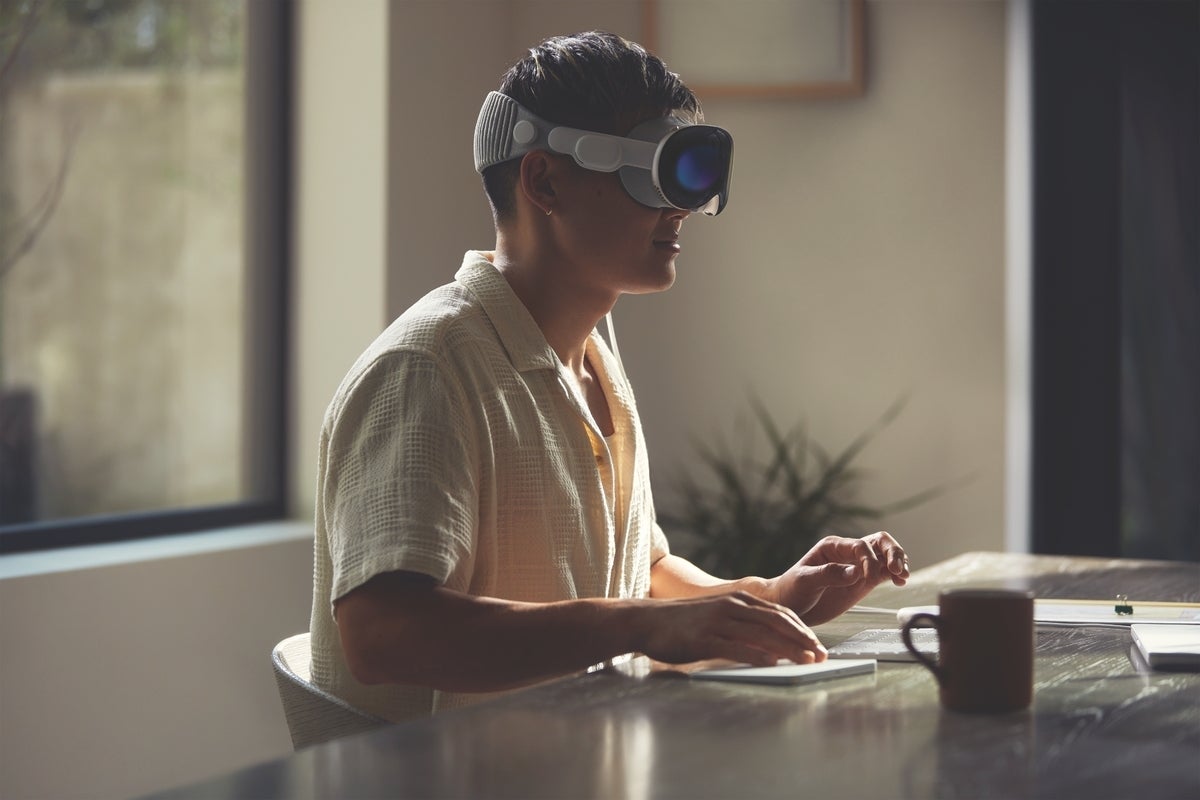Apple’s Vision Pro enters a troubled market.
I say troubled because people have so far largely rejected head-mounted devices. Though before the iPod arrived, the market didn’t care much for digital music players, and before the iPhone, people didn’t care much for screen-based phones. So this should be familiar territory for Apple.
The iPod and the iPhone were both Steve Jobs-launched products — and after Jobs, you must stretch to find similar success, let alone a break-out product like the iPod and iPhone. The iPad seemed to lose momentum after Jobs died in 2011, and the Apple Watch (which broke Jobs’ naming convention but was a very good device) didn’t quite match those earlier iconic devices. (The internal decision to marry the Apple Watch to only the iPhone severely limited its potential market.)
This week, Apple unveiled the Vision Pro, which is better positioned for success than anything Meta did. It’s superior to any other consumer-focused headset and matches up on specs to some of the better tethered headsets without the computer tether. It seems to be positioned more like a head-mounted computer than pure virtual or augmented reality AR/VR).
But it still must overcome a problem that has plagued this class of product from the start. And no, I’m not talking about the $3,499 price.
The problem with headsets
People don’t seem to like things that you attach to your body to give you extra capability, and we really don’t like things that go on our faces. Recall the rebellion against mask mandates during the COVID-19 pandemic or the 3D TV wave that failed because people didn’t like wearing glasses, even if they cost as little as $15. We dislike putting things on our faces so much that we will have expensive eye surgery or wear uncomfortable contact lenses to avoid it.
The first time I tried out a head-mounted display was in the early 2000s, when Sony loaned me a pair of $20,000 display glasses designed for the medical market. They had some of the capabilities of the Apple Vision Pro and I enjoyed wearing them, but they never caught on and Sony eventually discontinued them.
Apple’s effort is arguably one of the most attractive iterations; it’s in line with Magic Leap’s older headset, but sleeker and less busy looking. Even so, Apple will need to invest in marketing to get people comfortable wearing the Vision Pro. While Apple clearly has the money to do this, it’s been over a decade since it has pushed a big marketing effort at scale; I have doubts it will succeed here.
Still, there are several compelling aspects to the Vision Pro; it appears far better built and conceived than were the first iPods and iPhones.
The potential benefits of Vision Pro
If a new product offers an initial benefit (as the iPod did) and can provide one thing a user needs that nothing else can provide, it can be successful.
For instance, with the embedded cameras and display, you can see better in low light…
2023-06-10 04:00:04
Post from www.computerworld.com
